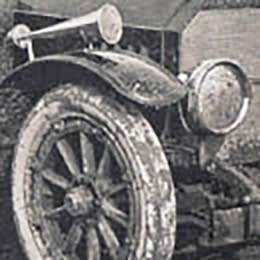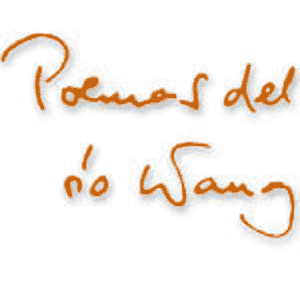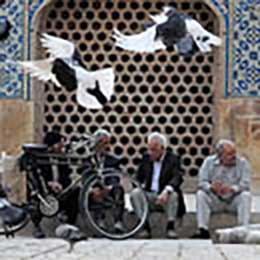 A fundamental work. Vitaly Lozovsky: How to survive and spend our time usefully
A fundamental work. Vitaly Lozovsky: How to survive and spend our time usefully in the prison. Moscow, 2005
We have recently written about a card deck of the Dachau concentration camp, which, however, at the first shuffling turned out not to have been intended for use there, but to have been designed after the liberation of the camp as a kind of graphic memoirs. However, the following deck, published in the catalog of the Petersburg Card Museum, was actually drawn in the prison for the purpose of playing, perhaps sometime between 1967 and 1981. The sixteen cards included in the catalog contain several suits, so probably all fifty-three cards of the deck were decorated with a different drawing. We can only speculate on what the other figures were.
In lack of a closer knowledge of the world of Soviet prisons we can only conjecture about the identity of some details of the pictures. If you know how to decipher them, tell us.

The ace of hearts evokes the coveted freedom with the image of the wild geese flying high on the sky. The figure marked with a screw here and two rows below will be probably the jack in the disguise of a forced laborer. The typical Soviet envelope of the period, copied onto card 6 was sent to the Mordvin Autonomous Republic: perhaps the deck was made by a linguistic relative of us Hungarians?

The three cards representing guards in all colors are marked with an… er, characteristic figure, which leaves no doubt that this is the suit of the king. Card number 8 represents from their point of view, from outside the cell door with the sight-hole and the small counter of the size of a mess-tin, called kormushka, “feeder”. Card 6 reads a chastushka, obviously copied from a billboard on the courtyard of the prison or labor camp, which expresses in the idioms of contemporary agitation language the slogan well known from its much more concise German predecessor:
Помни сам, скажи другому:
Честный труд – дорога к дому.
Remember and tell to others:
honest work is the way to home.
Честный труд – дорога к дому.
Remember and tell to others:
honest work is the way to home.

The sentry box with the barbed wire speaks for itself on the diamond ace. Suits number 9 perhaps represented highly appreciated assets such as the black bread with something on its top and the most popular cigarette of Soviet times, Ленинградская Прима on this card. This one was also called Советская Прима for a while, and thus a nostalgy edition of it, decorated with the portraits of Stalin and Lenin, has recently come into the market. Card number 6 is a supplication to Roman Rudenko, the Chief Prosecutor of the Soviet Union. Rudenko, formerly Chief Prosecutor of the Nuremberg Trials, bore this office from 1953 until his death in 1981, so the latter date probably indicates the ante quem of the preparation of the deck

The ace of spades is the “bell” made out of a rail and bearing the name of the unit (подразделение), which signaled the time of muster in outdoor labor, just as it announced the air-raid alarm at us during the war. The inscription РАБ КПСС – “prisoner of the Soviet Communist Party” – on the forehead of the “screw” (jack?) was a typical prison tattoo of the period with which the prisoners expressed their protest against the regime; its form used by women prisoners was “Рабыня КПСС”. And on the last card number 6 we see the Monday, 24 April 1967 – George’s Day – edition of the prison daily За отличный труд – For the excellent work which was forbidden to be taken out from the sector of the unit (“газету за пределы подразделения не выносить”). Does the year indicate the date of preparation of the deck? Or is it rather related to some other important event, for example the expected date of release from the prison? Or a subtle reference to the proverb вот тебе Юрьев день, “here you are George’s Day”, ca. “have your bit of nothing and enjoy”? If so, then it probably took a long time to invent and then to guess it, but if something there was in the prison, it was time. To be spent usefully.


























































































Add comment